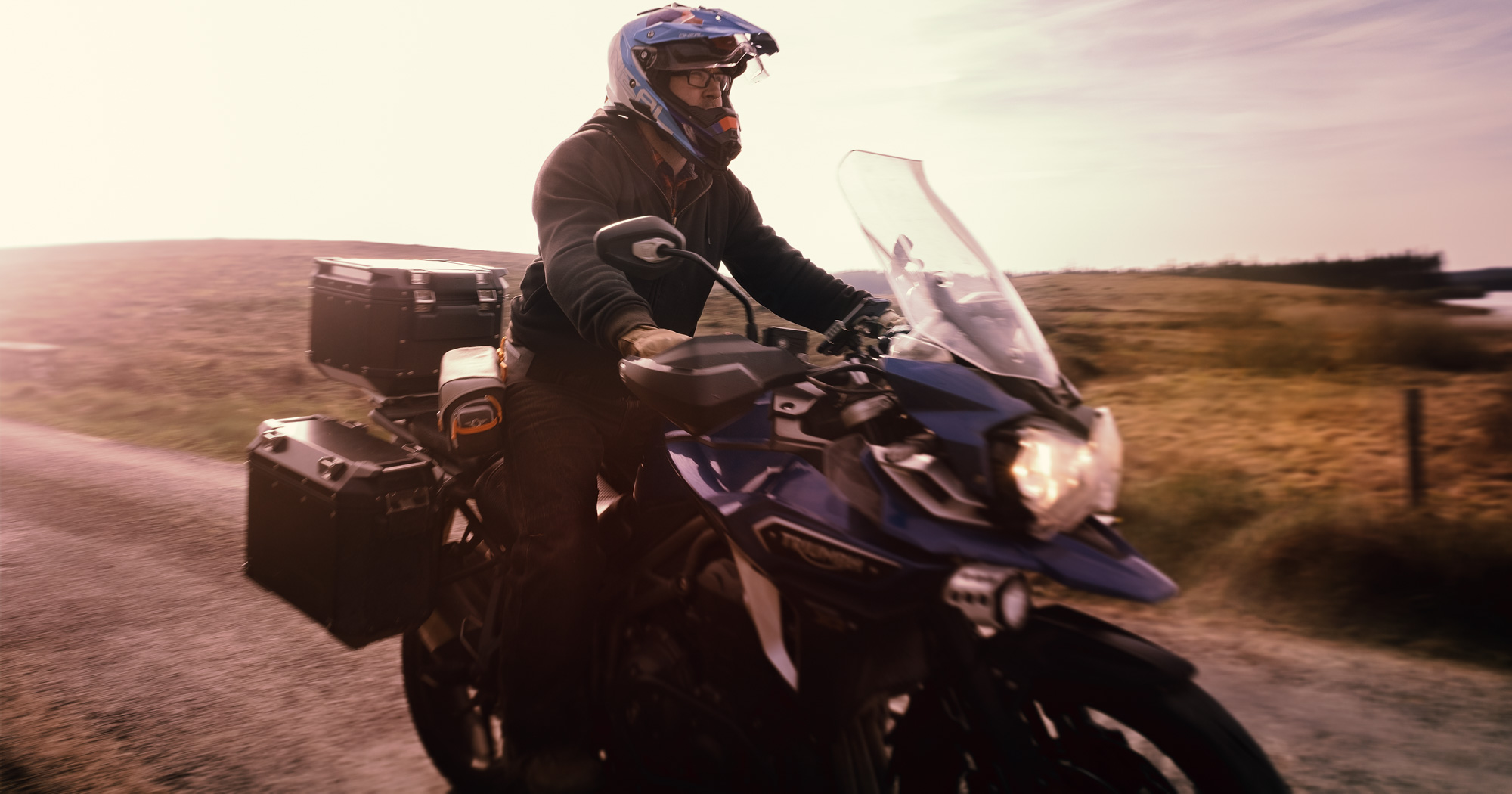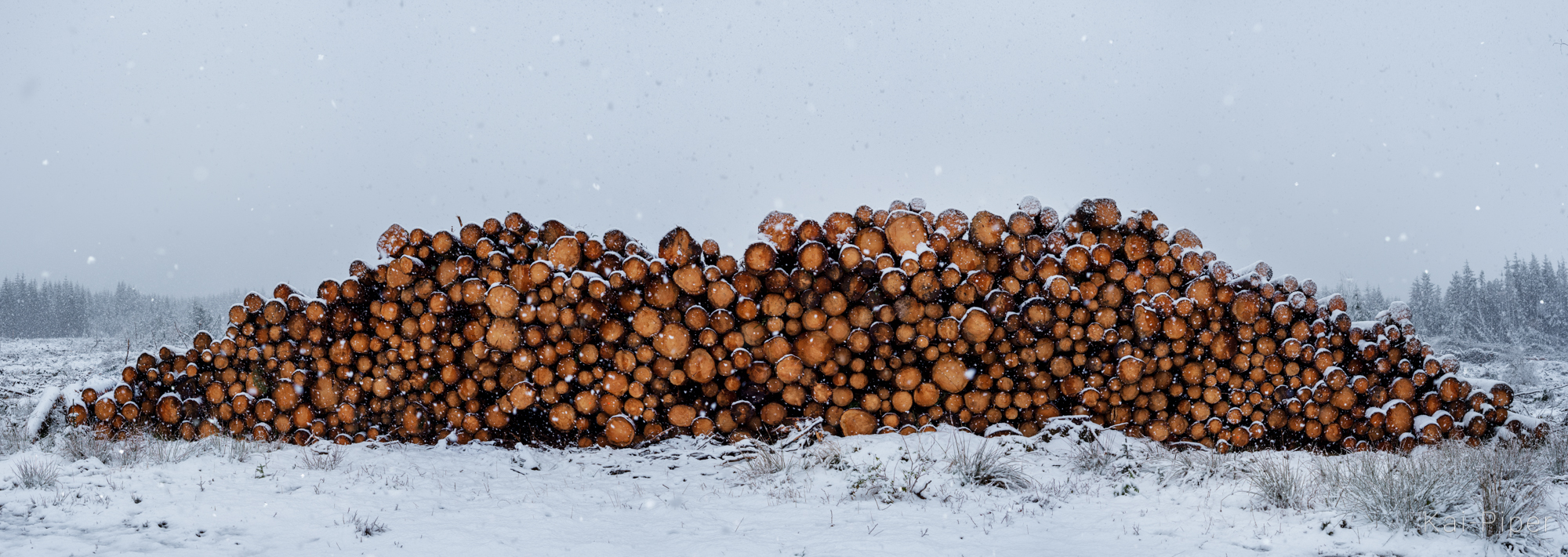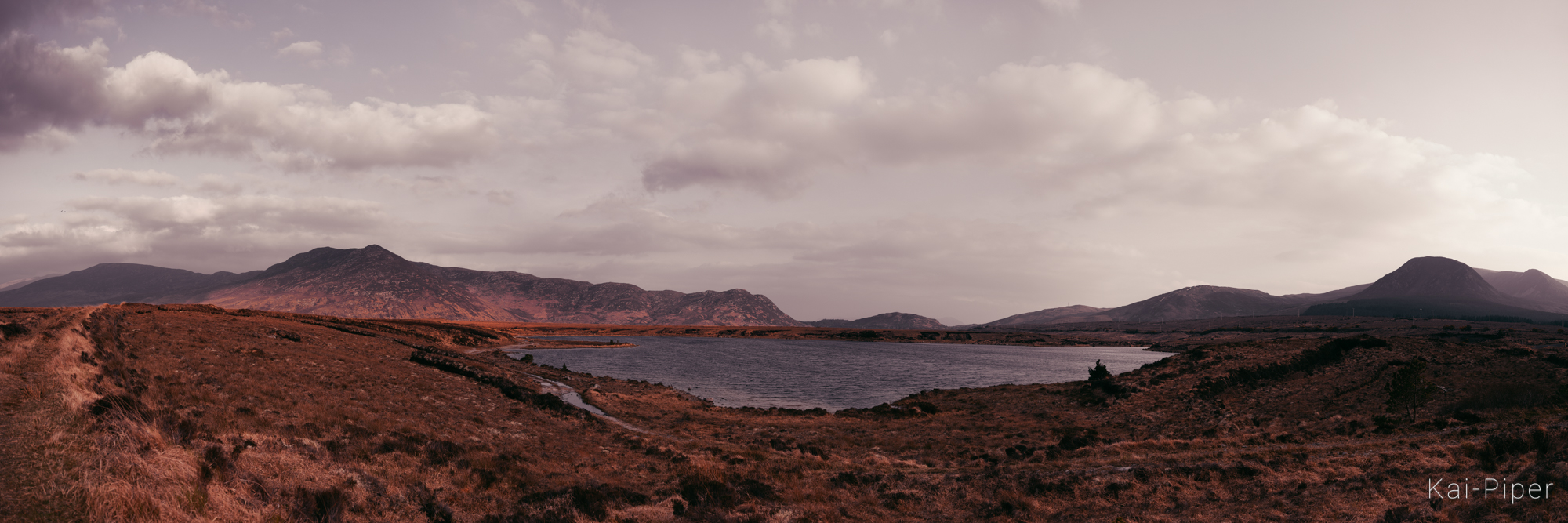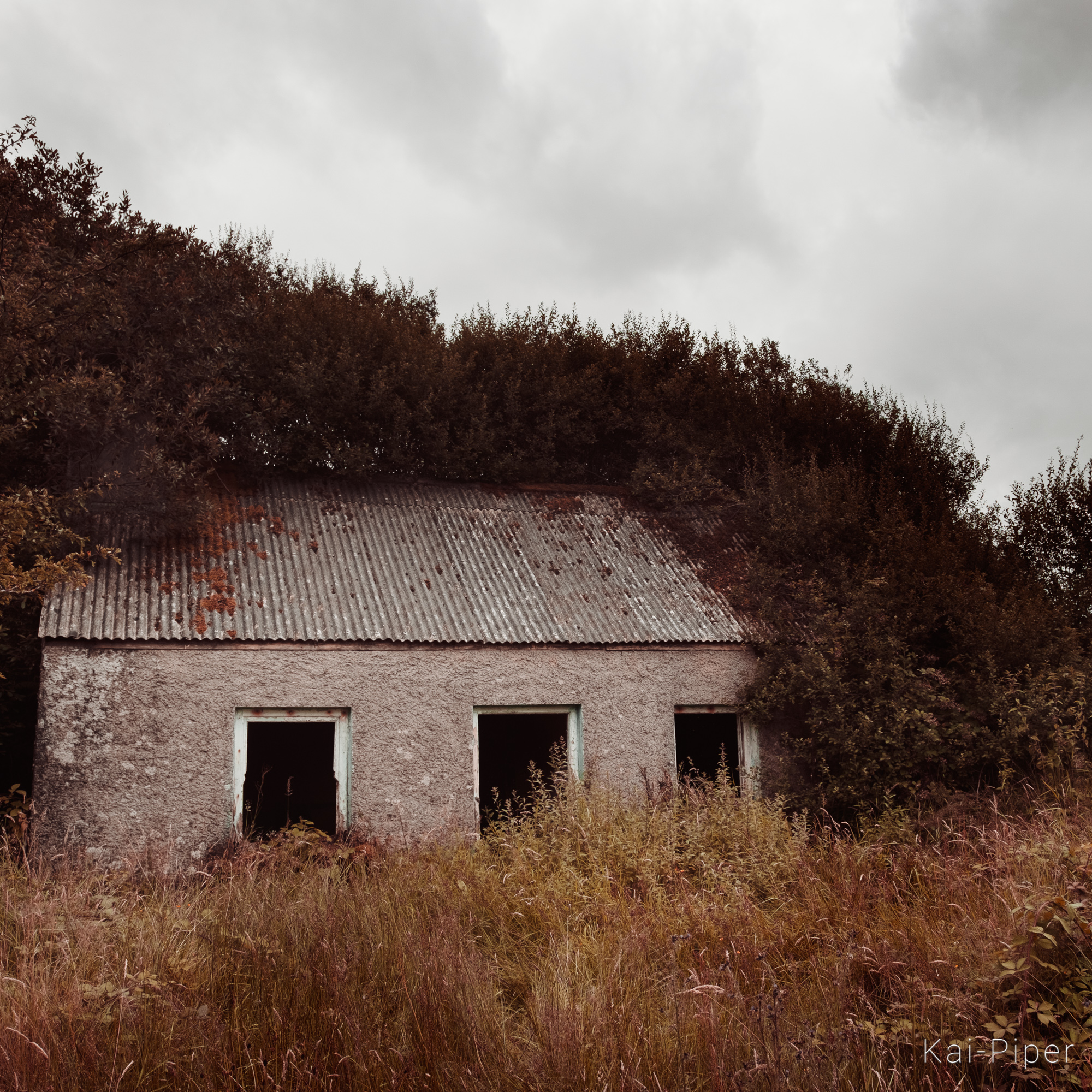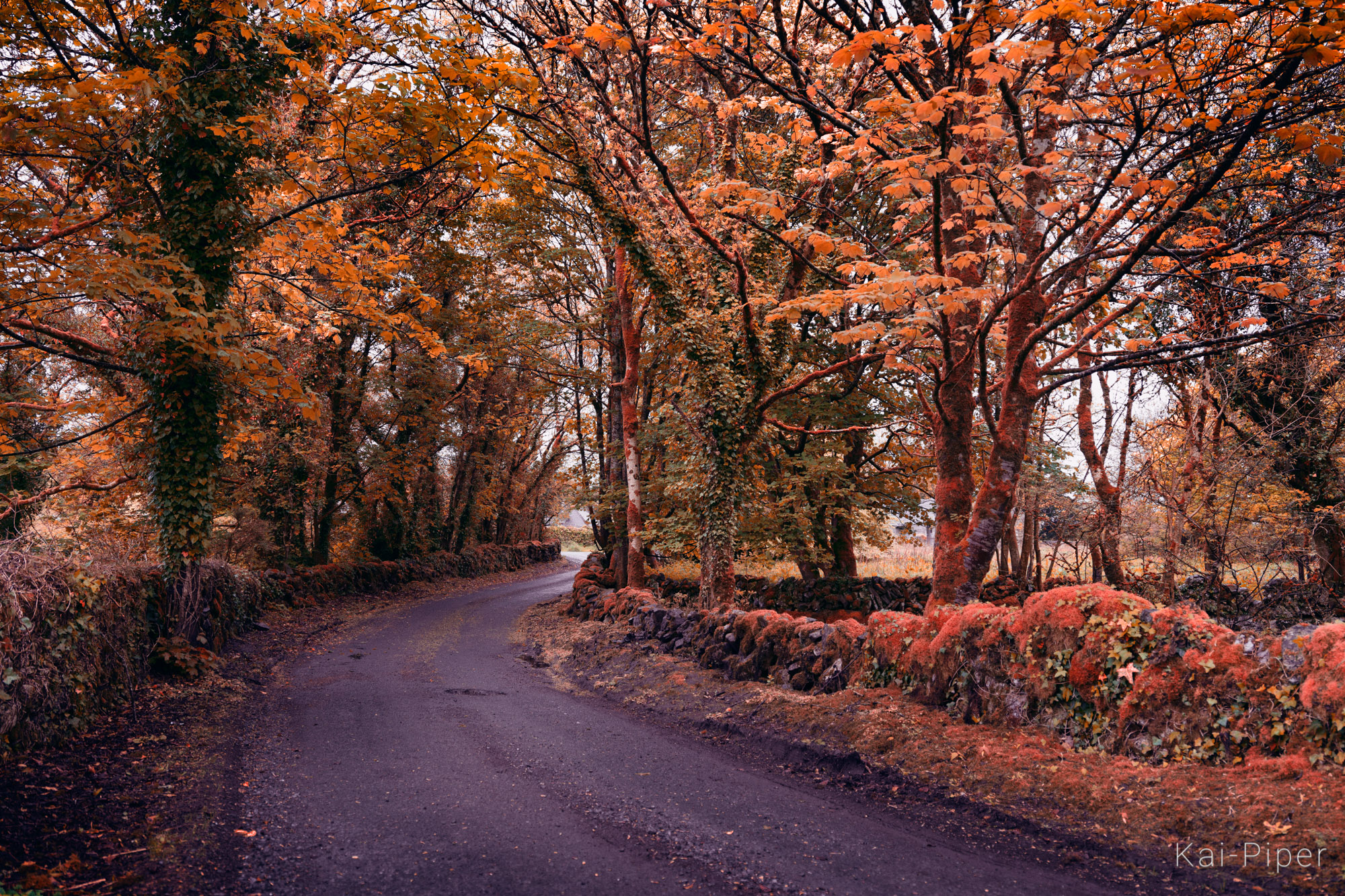Ok, hands up and sorry for the clik-bait headline. This month for my monthly FujiLove article I wanted to take a slightly different track, not so much about cameras but how we mentally prepare our photographic mind & how we work with the information around us.
Many of you who know me, know my great love for everything on two wheels. Below, this is me on my beautiful Triumph Explorer, which all of my photography explorations are centred around. Recently my partner picked me up a book that I have been meaning to read for a long time: Motorcycle roadcraft: the police rider’s handbook Paperback by
I was in Dublin for a working trip, sitting in the gorgeous Westbury hotel lobby when I finished chapter 3, rolled the page and I had that light bulb moment, let me explain why.
Chapter 3, information, observation and anticipation. ‘That is interesting’ I thought, sounds like a photography seminar I planned out a few years ago. Riding a motorbike even at normal speeds, city traffic or rural areas is about continually making plans observing them and making new ones. Riding a bike professionally requires extra training and a deeper understanding of how to use your mind to take in and process information, some times at speed. All though, at a slower pace, the photographer’s mind works in a very similar way.
Dealing with information.
Let’s talk about the information feedback loop and why it helps photographers.
The ‘loop’ is a process that we can use to work out the best course of action, given the available information from both our memory and environment. In short, what can we anticipate from our surroundings?
The book I am reading is a handbook aimed at police riders and people who are going to be riding professionally and in stressful situations. It is helping them to get from A to B as quickly and as safely as possible. In relationship to chapter 3, it reads very well for a photographer who is looking to understand how good mental planning can take the stress out of finding the right image and help us be at the right place at the right time. The handbook explains this as the feedback decision-making loop as ‘processing complex information’. It’s linked up to the idea that we have to observe the area, gather information, make a reaction to that information, feedback how that worked out and start again. Let’s break this down and relate it to photography.
Input:
The guide explains that vision to a rider is the most important of the senses, which makes sense. It goes on to explain that it is, however, only one of your senses that is used and we must make the most of all of our senses together to build up a full story of the world around us. “Your brain uses your observations – and information from your previous knowledge and experiences that are stored in your long term memory – to build up a detailed mental map or picture of your situation”. As a rider, this makes perfect sense, all of your senses help to work together with your memory to recall similar events building up a to an overall story of what is happing around you. As a photographer this makes perfect sense too, it’s about knowing where you are, what is around you and preparing you to make changes regarding your location or camera.
Decision Making:
“Your brain compares this mental picture with situations from your experiences, identifies what actions you took in the past and chooses a plan of action for the current situation” – This makes so much sense when translated for the photographer.
Think of it like this, you’re out in a city, what happens when the football game in the local stadium finishes? Where did I go last time, did I get a good angle, shall I try the same location or a new one? Where was the sun last time, where is the sun today, are there clouds that will cover the sun anyway? All of these questions will fire around your mind in a heartbeat, your brain will process them and you will make a choice about where to go. Sometimes all of this happens so fast that we become unaware of it. As a rider, we are taught to try and make this process something we engage with and understand to ensure no elements are missed out, I guess as a photographer, understanding this process can help us refine the process and end up at the right place at the right time.
Output:
As a rider this could be something as simple as doing nothing or changing speed, position or altering the speed, could be one of many things. In the mindset of the photographer, we would take the photo, move or wait. It is the action that we take to reflect the changing elements around us.
Feedback:
Feedback is a key element in any process. In regards to this particular environment, the feedback goes directly back into the input.
Over time we learn to trust our instinct. Mentally documenting events that happened before, how they worked out, what we did differently and therefore, what we can do this time around to either get a different result or the same one. Using our own feedback in the decision-making process is about learning from our past.
“The ability to judge a situation, grade risks and anticipate how things are likely to unfold is essential to safe riding, especially at high speeds”
Translated for the photographer, the more we can learn about how we ended up at a given situation will help us understand the future outcomes of similar situations. Identifying the ‘input, decision, output and feedback’ elements will help us find the images we are looking create.
“The highly demanding nature of police riding means that the brain’s information – processing capacity can become overstretched reducing riding performance and compromising safety”.
The book goes on to explain which key areas might be affected by over prolonged riding, or in our case, a long day shooting, bare with me on this one as I think they do make sense in the overall aspect.
- Reaction time
- Errors of Perception
- Attention Span
- Memory Storage
These four elements might be more or less relevant due to the genre of photography for any given person. For some photographers, such as sport or wedding photographers who are ‘in the mode’ for long hours & with intense concentration might suffer more than a fashion photographer who is working in a closed and predictable environment. Keeping an alert focus on small details as well as trying to obverse the wider environment can take it’s toll mentally. The book talks in some depth about how emergency responders have to take in many different sources of information such as the road conditions, radio traffic, operational tasks, navigation and all manner of aspects that will mentally drain the responder creating problems. It explains that experience is one of the best factors in learning to cope with all of this and filter out the important from the trivial. In demanding environments, your brain might disregard new and important information before it can be stored in your short-term memory, and, under pressure, your long term memory might prove slower to recall and bail you out. It all seems overdramatic, but, let’s relate it to working as a photographer. Can you remember where all your kit is, or that spare memory card when you need it fast? We have all had moments of doubt or ended up rushing something due to bad planning, and that leads me on the next step.
Failure to plan is planning to fail.
Making plans can be manifested in a number of ways and means. Not all plans have to be written out, checked off and planned with military accuracy. Just an understanding that having some lose plans can be key to keeping a calm head and letting you focus on the important stuff and filter out everything else.
The handbook suggests a number of ways that we can improve the way you can process information, I will summarise them though as they are quite rider specific in the way they are phrased.
Regularly process riding (photography) techniques
As a photographer, we might become very accustomed to using a certain brand, lens or environment that we fail to build in any fail-safes. What happens if plans don’t work out or there is a technical problem? Do you have the skills and resources to skip to another idea? Being comfortable knowing that you have the skills to get you out of any situations is an important aspect of a confident photographer. Practice using lighting styles your not used to, try using cameras that are you used to so that if the situation ever arises you are still in your comfort zone.
Sharpen up your observational skills.
As a rider (photographer) your sense of visual awareness is a vital asset among the rest of your senses. Learn to anticipate the world around you. The more you travel and the more you learn the more you will be able to understand how the different people work and think. Learning to observe the small details helps you be proactive rather than reactive. A photographer that is reactive to a situation is already too late.
Use the ‘System’ of motorcycle (camera) control.
If any advanced riders are reading this they will get what the ‘system’ is referring too, for those who don’t, it refers to a system on which we use to control the machine (bike). It works in four phases. Position, Speed, Gear, and Acceleration. Each phrase develops out of the one before and is based on the information given at any point in time. This element is part of the output in the decision-making process. Again, this all seems overdramatic for just walking about taking photographs or even for a seasoned pro, but this system of being prepared is something photographers are doing automatically all the time. When we take the camera out the bag, we check the battery and if there is a memory card, this leads to the setting up the correct settings for what we want to photograph. We take a photograph, look at it and make any changes that we need to do. It’s the system of making sure that the camera you are using is ready to capture the sort of image you are looking to create. We should understand which settings to change and in which priority we should change them linked to the intended outcome. When the environment changes we make an adjustment to the camera to compensate, this is the feedback part of the look and linking in which us knowing how the camera works. I guess, those of you who are shooting in an auto mode, it’s just like driving an automatic. You are handing some or all of this input/output/feedback loop to the camera to make these, sometimes important decisions for you.
Planning
Things are going to be moving faster on a motorcycle, I understand that, but the idea of planning ahead something that photographers also have in common. Here are some tips that will help us do this.
- Observe
- Anticipate
- Prioritize
- Decide what to do
- Act
- Feedback
Do all these things in that order and it should help you:
- Have the right settings
- Be at the right place
- Be there at the right time
- Be relaxed
As I was putting this blog together I asked a few friends who ride about this. Mike Browne, is both a Fujifilm photographer and avid rider, found this quite interesting.
“An experienced photographer is subconsciously aware of their surroundings. An unexpected change of light or movement instigates instantaneous alert to investigate, in the same way that lack of eye contact with a car driver flags caution in the experienced motorcyclist.”
Oh.. I HAVE to give Mike a big shout out for his Youtube Channel, which is just awesome. It is not based around Fujifilm, although Mike does shoot with an X-T2, I think.. Might be an X-T3 now. Mike’s style of delivery is awesome as his passion for photography.
Irish X-Photographer Kim Farrelly had some interesting insight. As someone who knows the RoSPA system well, he explained that:
Motorcyclists learn to antipate things before they happen & adjust themselves to be ready. A good photographer would see the story unfolding and, just like the motorbiker, be ready before it arrives.


